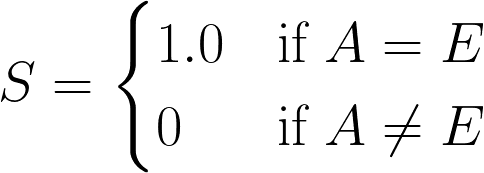
Screening questions are a way to add requirements on a job post that are not part of the quantification of the normal job post requirements yet. With these questions, you are able to dig deeper into candidate's motivation for this specific job post for example.
Talent seekers can provide screening questions on the job post creation or while editing the job post. The questions can be given in different formats, and the talent seeker can specify what to use the screening question for.
For open questions with ranking purposes, the talent seeker must provide an expected good and bad answer. Candidates are able to see this information and use it as a guide when answering the question.
Candidates answer the screening questions as part of their application process.
We analyze the answers to screening questions through the following methods:
For Open (written answer) questions, useful for in-depth applicant evaluation, we analyze responses using LLMs based on these criteria:


